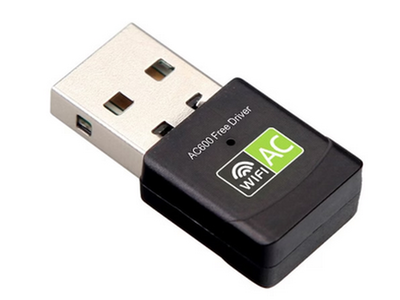- Szinte csak formaság: bemutatkozott a Pixel 6 és Pixel 6 Pro
- Google Pixel topik
- Mobilhasználat külföldön
- Okosóra és okoskiegészítő topik
- Milyen okostelefont vegyek?
- Xiaomi 13T és 13T Pro - nincs tétlenkedés
- Samsung Galaxy S21 FE 5G - utóirat
- Honor 90 - modellalkat
- Samsung Galaxy Note9 - stylus-szimbólum
- Samsung Galaxy S24+ - a személyi asszisztens
Hirdetés
-


Mozgóképen a Razr 50 Ultra még nagyobb kijelzője
ma A hivatalos kedvcsináló megnyerő, csak nem hivatalos forrásból érkezett.
-


Olcsó USB WiFi AC adapter
lo Egy olcsó WiFi AC USB adapter jó szolgálatot jelenthet, ha az új router csak elvileg támogatja a 2,4 GHz-es átvitelt.
-


Júniusban a hardverek is vakációra mennek
ph Az asztali gépek mellett monitorok, komponensek, notebook, okosprojektor és flash NAS váltott jegyet a hétvégi kirándulásra.
Új hozzászólás Aktív témák
-
Jogos. Próbáltam rájönni, miért nem használnak állapot-visszajelzőket, de nem találtam rá még semmi kézzel fogható magyarázatot. A legközelebbi az XMOS (a legismertebb aszinkron audio usb chip gyártója) által adott infó, amiben az órajel driftre hivatkozik:
These clocks will have subtly different frequencies, and the difference will vary slightly over time. Hence the average number of audio samples per frames will be slightly more or less than the expected rate. For example, in the case of our 96,000 Hz sample rate, the average number of samples may be 12.001.
In order to ensure that the host sends the right amount of data, and not too much or too little, the host requests the current sample rate over an interrupt endpoint. Every few milliseconds the average sample rate over the last period is reported back as a 16.16 bit fixed point number. If the last period averaged out as 12.001 frames, then the value 0x000C0041 will be reported (65536 * 12.001).
Given this average rate, the host can work out when to send an extra sample in a transfer; in this example 8 transfers each second will carry one extra sample. In addition to this, the host can use this value to synchronise itself with the audio device. This enables host applications such as a DVD player to keep the video in sync with the audio. If it didn't, the audio would slowly run ahead of the video, and after two hours the audio would be a second out.
In order to keep a short feedback loop, the trick is to not buffer audio packets and feedback packets unnecessarily. Any additional buffering creates latency in the reporting, and this latency makes it more difficult to keep a smooth flow of traffic. This means that the low-level USB stack and the USB Audio stack should be tightly integrated, without buffering in between.[ Szerkesztve ]
evDirect villanyautós töltőhálózat
Új hozzászólás Aktív témák
ph Az ilyen kiegészítők fejlesztésével és gyártásával is foglalkozó Human Audio munkatársainak segítségét kértük a kérdés megválaszolásához.
- Házi barkács, gányolás, tákolás, megdöbbentő gépek!
- Politika
- Telekom otthoni szolgáltatások (TV, internet, telefon)
- Ukrajnai háború
- Villanyszerelés
- Szinte csak formaság: bemutatkozott a Pixel 6 és Pixel 6 Pro
- Kerékpárosok, bringások ide!
- TCL LCD és LED TV-k
- NVIDIA GeForce RTX 4080 /4080S / 4090 (AD103 / 102)
- PHP programozás
- További aktív témák...
- HP EliteDesk 800 G3 SFF / i5-7500 / DDR4 / NVMe M.2 / USB Type-C / USB 3.1 / több db / 27% számla
- Azta! Csodaszép! DELL Vostro 5370 Ultrabook Laptop 13,3" -70% i5-8250U 4Mag 8Gb 256GB SSD FHD IPS
- LEÁRAZVA! HP EliteBook 850 G7 Fémházas Szuper Strapabíró Laptop 15,6" -80% i7-10610U 32/512 FHD HUN
- Logitech Z625 THX minősített 2.1-400Watt! Ritka Masszív!
- Xiaomi 13T fekete 8/256 kártyafüggetlen, garanciális









